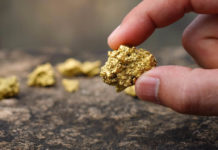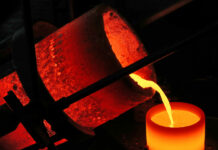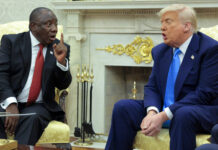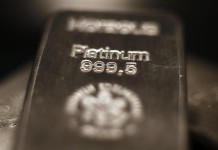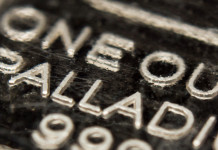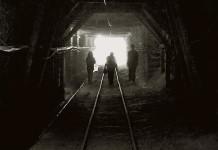
[miningmx.com] – THE Johannesburg Stock Exchange (JSE) listed its latest exchange traded fund (ETF) earlier this month in the form of a palladium-backed product, a metal used in the autocatalysis of petrol-consuming cars.
Palladium’s sister metal, platinum, is predominantly used in diesel cars and its consumption is largely dictated by automobile growth in Europe. Palladium, however, is dictated by car growth in the US.
It’s on this basis, and the fact that palladium supply is heavily influenced by supply from Russia’s Norilsk Metals that makes it an interesting addition to the metal-backed ETF strategy of Absa Capital.
The bank launched a gold ETF in 2004 which performed well until last year’s enormous gold investment liquidations. Absa Capital’s barnstormer, however, has been the NewGold Platinum ETF which, just over a year old, now accounts for about one million ounces (oz) of platinum.
Vladimir Nedeljkovic, head of ETFs and Index Products at Absa Capital, says he expects a similar profile of clients to take up palladium given that its consumption is informed by different fundamentals.
“Platinum was a special case as South Africa is a big producer and so investors have more interest in that metal as well as knowledge about the industry and its problems. They look at platinum as a country hedge,’ he says.
“For the palladium product, we expect it to be successful and we are seeing some institutional demand, but we don’t expect it to be as large,’ he says.
The benefit of investing in ETFs is that it allows investors exposure to the platinum or palladium market without having to buy company securities, thus cutting out the risks attached with, say, poor managerial discussions, labour risk and the like.
It also provides exposure to international markets without being classified as an offshore investment, says Nedeljkovic.
And unlike exchange traded notes (ETNs), ETFs don’t have the risk associated with the issuer. In other words, were Absa Capital to disappear tomorrow, the ETF would still exist. This isn’t the case with an ETN, the issuers of which are not required to actually buy and store the metal.
All in all, the JSE has seen the market value of ETFs rise to a combined R58bn from R2.7bn since the first was listed. “It’s nice to see the growth in this market,’ said LeeAnn Parsons, director of the JSE’s equity market.
Nedelkjovic says the plan is to play the long-term fortunes of palladium, but there’s no ignoring the Crimea crisis which has seen the US and the UK moot strict sanctions against the Vladimir Putin’s Russian Federation. Analysts think this may put upward pressure on the palladium price.
Palladium has performed reasonably well this year without exactly shooting the lights out, gaining some $70/oz from January to mid-March before easing again.
According to Johnson Matthey, the platinum group metal semi-fabricator and market consultant, palladium supply is expected to fall to 6.4 million ounces during 2014 as Russian inventories are exhausted.
However, the deficit would also fall to 740,000 ounces from 1.15 million oz previously as recycling was expected to grow, the company said.



